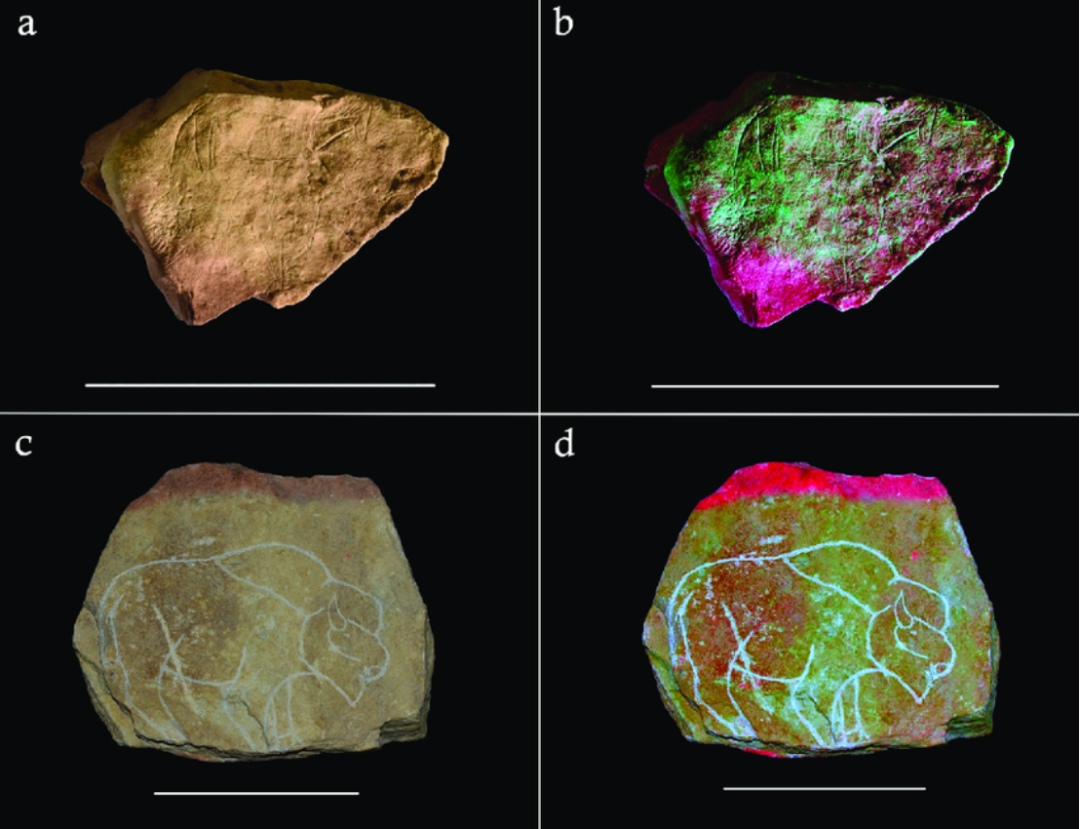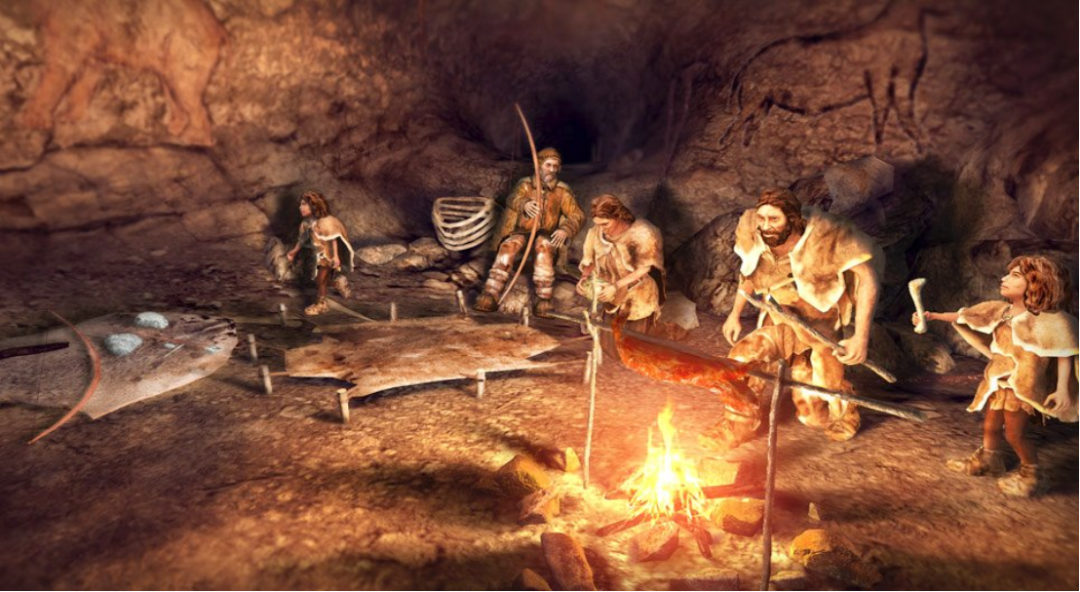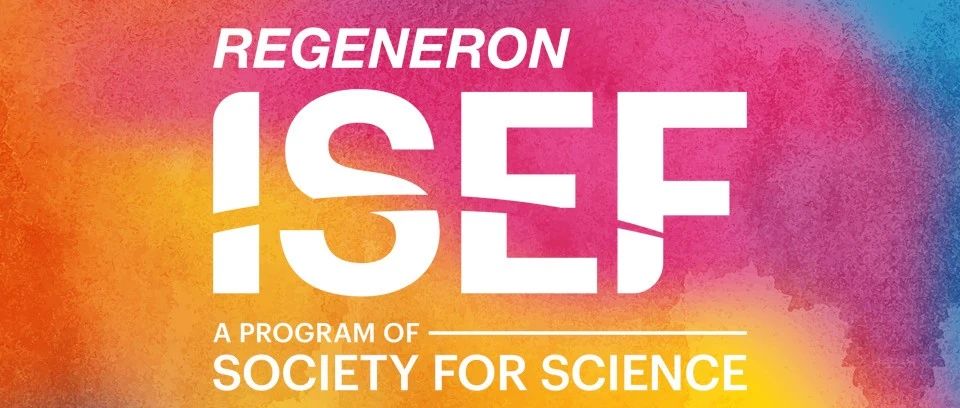WSC Weekly 2025世界学者杯 the World Scholar's Cup
@WSC小学者们!Jerry喊你来看
WSC Weekly专栏啦!
2025年度主题:重燃未来
Reigniting the Future
全新主题火热上线
WSC Weekly专栏将精选最新话题内容
助力小学者准备世界学者杯!
让我们怀着
永恒的学术精神与信念
探索未来的无限可能吧!
即日起锁定每周WSC Weekly
上期回顾&Quiz答案揭晓
在2025年世界学者杯第5期WSC Weekly栏目中,我们与小学者分享了如何抵抗“头条焦虑”。在上期的趣味Quiz中,你是否找到了正确答案?现在就让我们一起来揭晓吧!
新闻看多了会让人抑郁吗?
Does watching too much news make people depressed?
第5期Quiz答案揭晓:
According to the theory of media saturation overload, which of the following news headlines is LEAST likely to cause ongoing anxiety in the audience? 根据媒体饱和过载理论,哪个新闻标题最不可能引起观众持续的焦虑?
A. A bad car accident in New York caused 10 casualties yesterday. 昨天纽约发生了一起严重的车祸,造成10人伤亡。
B. The effort to save Antarctica's endangered animals has failed. 拯救南极洲濒危动物的努力失败了。
C. NASA warns that an asteroid may collide with the Earth in 20 years. 美国国家航空航天局警告说,一颗小行星可能在20年后与地球相撞。
D. Scientists call for immediate action to prevent the catastrophic consequences of global warming. 科学家呼吁立即采取行动防止全球变暖的灾难性后果。
E. Researchers said whether the use of smartphones increases cancer risk is uncertain. 研究人员表示,使用智能手机是否会增加患癌症的风险尚不确定。
正确答案:D
Key: D
2025年第6期
Weekly Intro
早在冰河时代,原始人或许就看上“电视”了。火、石和一点想象力,就能上演一场生动的“电影”。本期 Weekly,让我们一起穿越回法国的阿韦龙河畔,和原始人围坐篝火旁,感受光影交织的浪漫。
2025 No.6
旧石器时代的人们是如何看电视的?
How did Paleolithic people usefire to watch "televisions"?
“冰河牌”电视机
早在流媒体和电影院出现之前,冰河时代的人们可能就已经围坐在火堆旁,享受一种截然不同的夜间“表演”——这种表演由石头、火光与想象共同演绎而成。
最新研究表明,旧石器时代的人类使用火光不仅仅是为了取暖与照明,更可能是为了让刻在石板上的图像“动”起来,从而营造出一种类似电影的动态视觉体验。这些生活在约一万五千年前、现今法国南部地区的艺术家们,有意将马、野牛和驯鹿等动物图像刻在石灰岩板上,并通过火光观看,使图像在石面上“活起来”。随着火焰跳动,投射在雕刻上的光与影发生变化,动物的轮廓似乎在石头表面移动、跃动,如同原始版的动画。
考古学家安迪·尼达姆(Andy Needham)将这种体验比喻为“旧石器时代的电视”:人们围坐在火堆旁,取暖、交谈,同时观看石板在火光中演绎出的视觉故事。
Long before streaming services and cinema, Ice Age communities may have gathered around the fire for a very different kind of evening show—one brought to life by stone, shadows, and imagination.
Recent research suggests that Paleolithic people used firelight not only for warmth and illumination but also as a way to animate the carved figures on stone plaquettes, creating a dynamic, almost cinematic experience. These artists, who lived some 15,000 years ago in what is now southern France, may have created carvings of horses, bison, and reindeer with the intention of viewing them by firelight, transforming the stone surfaces into moving scenes. As flames flickered, the light and shadow cast upon the carvings caused animal shapes to seem to shift and come alive, much like animation.
Archaeologist Andy Needham likens the experience to “Paleolithic TV”, where people would gather around the hearth, warming their hands and watching the art unfold through dancing shadows on limestone.

以火为媒
这一理论基于对法国阿韦龙河畔的蒙塔斯特吕克岩棚遗址(Montastruc rockshelter)出土的50块石灰岩雕刻板的研究。这些尺寸不大、可以手持的石板上出现了热损伤的痕迹,例如淡粉色变色和热裂纹。
研究人员利用实验考古与虚拟现实模拟重现了当时的观赏环境,结果发现当石板围绕火堆摆放时,所产生的热痕迹与原件极为相似。这表明,这些雕刻并非意外受热,而是可能本就被设计为在火光中创作和欣赏的作品。火焰的跳动使得图像时隐时现,呈现出动物奔跑、移动的幻觉。研究共同作者伊齐·威舍(Izzy Wisher)指出,这种不规则的光照效果创造出一种叙事感,使人们仿佛看到马群穿越石面,一幕幕跃然而出。这种效果是早期人类利用环境因素来凸显艺术表现力的有力例证,将石板围绕火堆聚集摆放的这一普通动作,便能转化成一种令人身临其境的丰富视觉体验。
The theory stems from studies of 50 limestone plaquettes discovered at the Montastruc rockshelter, an Ice Age site along the river Aveyron in France. These pieces, small enough to be held in the hand, show signs of heat damage, such as pink discoloration and thermal fractures.
Researchers recreated similar conditions using experimental archaeology and virtual reality simulations, discovering that the fire-induced marks closely resembled those seen on the original stones when they were arranged around a hearth. Far from accidental, the heat damage appears intentional—suggesting the art was designed to be made and viewed in firelight. As the flames moved, carved forms would flicker in and out of view, giving the illusion of animals in motion. According to co-author Izzy Wisher, the irregular lighting created a captivating narrative as horses and other animals seemed to gallop across the stone. The effect is a powerful example of early humans using environmental elements to enhance artistic expression, turning a simple gathering around a fire into an immersive visual experience.

与石头对话
这种现象与心理学中的“空想性错觉(pareidolia)”有关,即人类倾向于在随机图形中看出有意义的形象,比如在云朵中看到动物或人脸。在炉火微光中,石板的自然纹理和裂痕可能促使观者“看见”动物图像的轮廓,而艺术家则在此基础上进行强化与加工,用雕刻刀完成“石中之形”。
安迪·尼达姆认为,旧石器时代的艺术创作并不是将既定形象强加于石头,而是与石头的自然形态进行对话。石头的裂痕、凹陷或自然起伏可能激发灵感,而火光则为这些潜在形象提供了视觉“点睛”。环境、感知与想象力的交融,不仅引导了艺术创作的过程,也让观赏本身成为一种共同发现的时刻——在火焰的跳动中,不同的图像若隐若现,通过光与影讲述故事。
The phenomenon ties into a well-known psychological effect called pareidolia, the human tendency to perceive meaningful images in random patterns—like seeing shapes in clouds. In the dim, flickering light of the hearth, the contours and natural lines of the limestone may have prompted viewers to “see” animals emerging from the stone, a visual trick that artists then built upon by enhancing these features with deliberate carvings.
Archaeologist Andy Needham suggests that the creative process was less about imposing a pre-designed image and more about negotiating with the form of the rock itself. Features like cracks or natural indentations might have sparked inspiration, with the artist completing the partial forms suggested by the stone and firelight. This interplay between environment, perception, and imagination not only guided the artistic process but also turned the act of viewing into a shared moment of discovery—where different figures might seem to appear and vanish with the movement of the flame, creating a kind of storytelling through light and shadow.

史前动画
有趣的是,一些石板上还出现了重叠的图像——比如一只动物拥有多只腿或多个头部——这可能是艺术家故意使用的“多影法”,目的是在摇曳光影中制造运动的错觉。这种技术早已在马德林文化(Magdalenian)的洞穴壁画中有所体现,如今的研究认为,这一思路同样延伸到了小型、便携的雕刻作品中。
由此产生的视觉效果(一种可被称为“史前动画”的现象)不仅具有娱乐意义,也可能带有精神或宗教功能。英国博物馆策展人吉尔·库克(Jill Cook)推测,这些雕刻的创作过程可能包含某种仪式成分,艺术表达可能被视为“召唤灵魂”的媒介。在仪式结束后,一些石板甚至可能被故意折断或弃置,成为仪式的一部分。不论其确切目的为何,这些远古石板展现了冰河时代人类丰富的情感与想象力世界,表明他们对艺术的珍视不仅出于实用功能,更出于一种精神上的沉浸与感动。
Interestingly, some of the plaquettes even show evidence of multiple overlapping images—such as animals with extra limbs or heads—which may have been a deliberate attempt to create a sense of motion. This layering technique, already documented in Magdalenian cave art, is believed to simulate movement when viewed in shifting light. The new research implies that the same concept extended to smaller, portable carvings. The resulting visual effect—a kind of prehistoric animation—could have served both spiritual and social functions. British Museum curator Jill Cook, though not part of the study, speculates that the act of creating these carvings may have held ritual significance, possibly involving the “summoning of spirits” through artistic expression. Afterward, some of the plaquettes appear to have been deliberately broken or discarded, perhaps as part of a ceremonial process. Regardless of their purpose, these ancient stones highlight the emotional and imaginative life of Ice Age people, suggesting they valued art not only for its function but also for its power to move and mesmerize.

火石间的光影传承
这些在火光中闪烁的雕刻带给我们的,不仅是对远古工艺的认知,更是对旧石器时代人类情感生活的一瞥。在冰冷而严酷的欧洲旧大陆上,马格德林文化的艺术家们用燧石刀和篝火之光,将美与运动雕刻在石头上。他们的作品并非静止,而是在观赏的那一刻——在火光的舞动中获得“生命”。也许那些围坐在火边、静看光影与图案变幻的人们,正经历着一种既神圣又日常的、集体性的沉浸体验。正如尼达姆所说:“这让我深切地感受到,什么是真正的人类。”纵使万年已逝,那种创造、想象、讲述故事的冲动至今仍在我们心中延续。而在那远古火光的闪烁中,我们仿佛看到,动画艺术的最初回声已悄然萌芽。
In the end, these flickering carvings offer more than just insight into the craftsmanship of ancient humans—they open a window into their emotional world. Sitting together in the cold, harsh climate of Ice Age Europe, Magdalenian artists carved beauty and motion into stone, using nothing more than a flint blade and a fire's glow. Their creations were not static; they were brought to life by the environment in which they were viewed. These moments—families or communities watching their art dance across stone by firelight—may have been a form of shared entertainment, reflection, or even spiritual connection. As Needham notes, “This feels really human to me in a powerful way.” Though thousands of years have passed, the impulse to create, imagine, and share stories remains unchanged. And in the flicker of those long-ago flames, we glimpse the earliest echoes of our own love for animated storytelling.
Weekly关键词 Key Words
►carving animation 雕刻动画
►Magdalenian culture 马格德林文化
►Paleolithic age 旧石器时期
所属话题
# Things Really Do Catch Fire
相关阅读
https://www.smithsonianmag.com/science-nature/ice-age-artists-may-have-used-firelight-to-animate-carvings-180979943/
Weekly FUN Quiz
相信现在你已经对“史前动画”有了一定的了解啦!那就快来参与本期Weekly FUN Quiz👇,告诉老师你的答案吧!
Quiz
Which of the following modern experience is most similar to Magdalenian fire-animated carving in Paleolithic age? 以下哪种现代体验与旧石器时代马格德林文化的雕刻动画最相似?
A. Bird watching 观鸟
B. Cloud watching 观云
C. Television show 电视节目
D. Puppet show 木偶表演
E. Circus show 马戏表演













